Rethinking Interaction: The Rise of Immersive 3D and Spatial Interfaces
A shift has been unfolding in the way digital experiences are created and perceived. Interfaces are no longer confined to rectangles and pixels; they are being projected into the space around us. As the world becomes more spatially aware through devices like AR headsets, VR platforms, and mixed reality tools, the boundaries between user and interface have been softened. What was once imagined as science fiction is now being embraced as practical design.
Rather than being driven solely by novelty, spatial and immersive interfaces are being embraced to improve clarity, accessibility, and emotional resonance. The emphasis has been placed on designing with presence where users feel not just connected, but involved.
Understanding Spatial Thinking in UX
In spatial environments, information is not merely displayed; it is placed, scaled, and sequenced in relation to the user’s body and intent. Movements, gestures, and gaze are interpreted as input. Traditional UI components like menus and buttons are being replaced with affordances embedded in the environment.
Spatial interfaces are being developed to support the body in motion, not just the hand on a mouse. As a result, the role of UX design has expanded to include choreography, environmental psychology, and even dramaturgy. Success is now defined by how naturally an experience is felt, not just how logically it is structured.
Real-World Applications of Spatial Interfaces
Education: Learning by Doing
Using the Merge Cube and Merge EDU platform, students can hold and examine AR-based 3D models like the human heart, planets, and fossils. Lessons are no longer flat diagrams—they’re interactive objects that can be explored in real space, right in a student’s hand. The result: a more tactile, memorable learning experience.
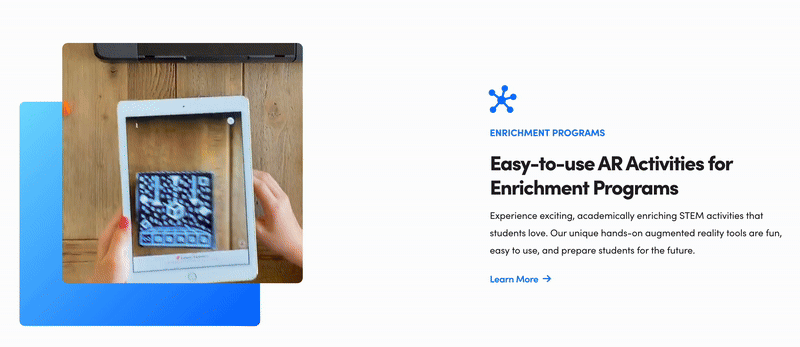
Source: [mergeedu.com]
Retail: Immersive Showrooming
IKEA has used spatial computing through its IKEA Kreativ tool, where furniture and decor can be placed virtually inside a user’s home using LiDAR. Rather than imagining how a product might look, users are invited to walk through their spaces with realistic, scaled items rendered in place.
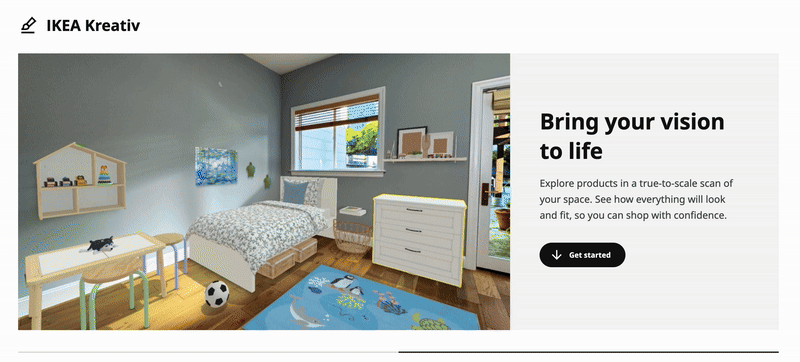
Source:[ikea.com]
Healthcare: Real-Time Surgical Assistance
Proximie has allowed surgeries to be supported remotely through spatial overlays and augmented video. Surgeons in different parts of the world can annotate live video feeds in 3D space, offering real-time guidance and increasing access to expert procedures.
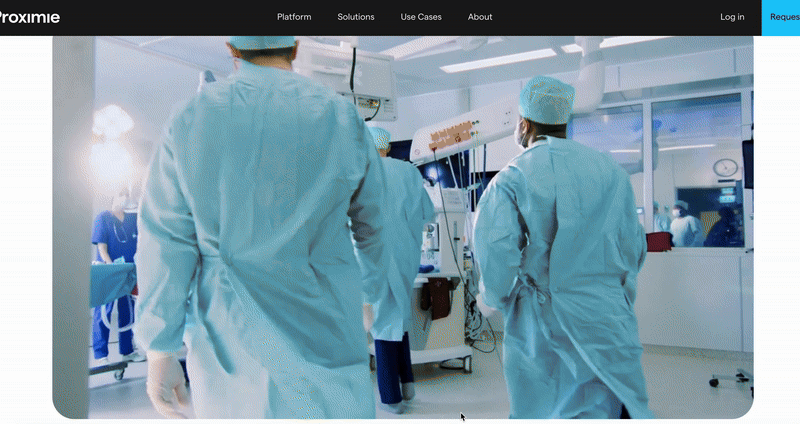
Source: [Proximie.com]
Accessibility: Navigating with Presence
Apple’s Vision Pro integrates spatial audio and voice control to support users with visual and mobility impairments. Instead of tapping a flat screen, users can interact with digital elements through eye tracking, voice commands, and head movements—making the experience more inclusive and intuitive. Interfaces are now being designed not just to be seen, but to be felt and navigated through space.
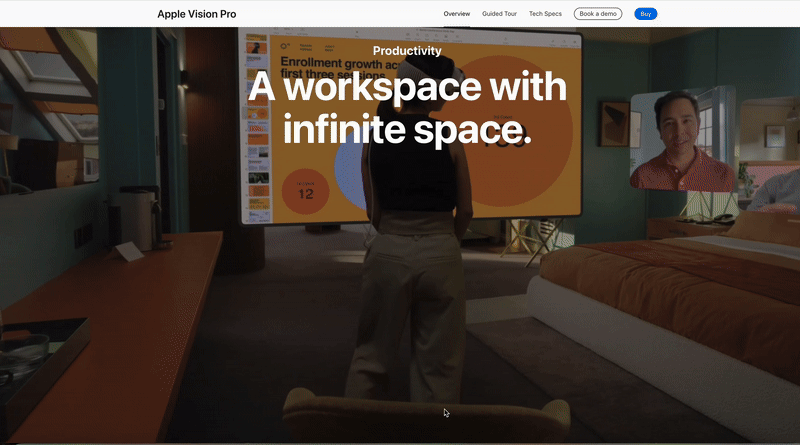
Source: [Apple Vision Pro]
Gaming: Horizon Worlds and Social Play
In Horizon Worlds, spatial interaction is used not only for navigation but for creation and collaboration. Players build, explore, and engage in user-generated experiences across expansive 3D environments. Tools respond to gestures and motion, turning digital spaces into fully participatory worlds. By integrating presence, proximity, and physical cues, the platform redefines how virtual play and social connection unfold.
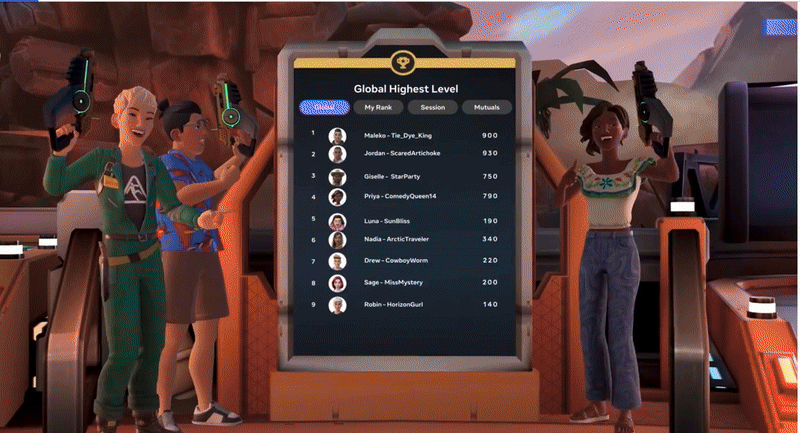
Source:[Horizon Worlds]
Designing Spatial Interfaces with Intention
In spatial systems, information density must be balanced with cognitive load. Spatial placement, interaction timing, and ergonomics are being considered with far more depth than in 2D environments. Latency and feedback loops are being designed to match the speed and rhythm of the body.
Great immersive design is not just visually impressive—it is emotionally calibrated. Interfaces are being built to evoke calm, curiosity, or urgency depending on the user’s state. Lighting, sound design, and even texture play critical roles in shaping perception.
A Future Built in Layers
Spatial and immersive design is no longer a speculative frontier—it is being built into the foundations of the next web, the next classroom, the next workplace. What makes these interfaces powerful is not the technology behind them, but the emotional, sensory, and functional clarity they bring.
The next generation of digital design will not ask users to adapt to tools—it will shape tools around users. And as physical and digital realms continue to merge, designers are being called not just to build for screens, but to compose for space.
